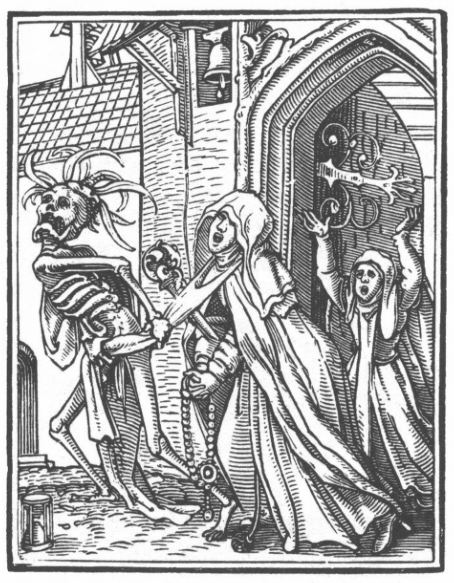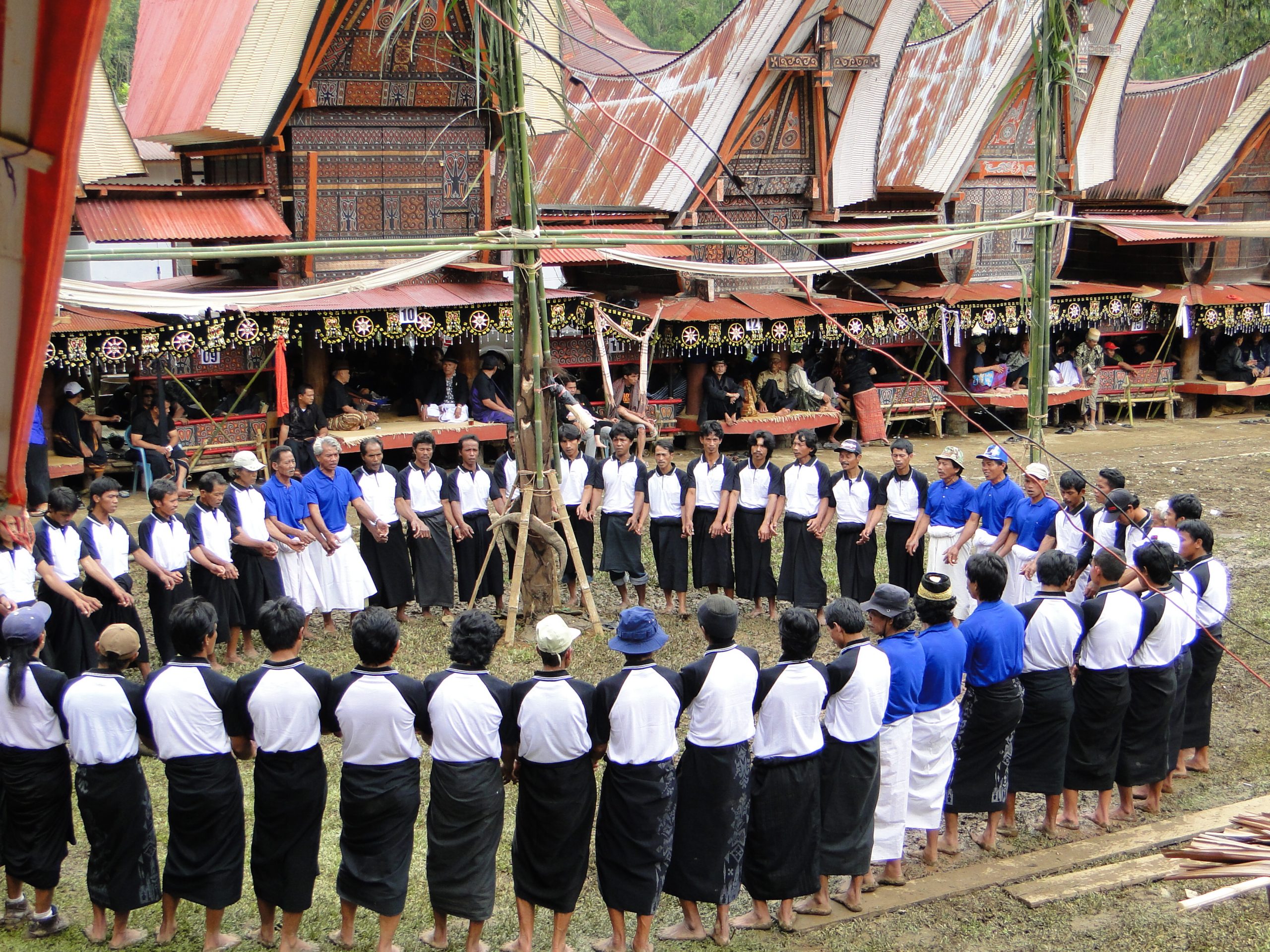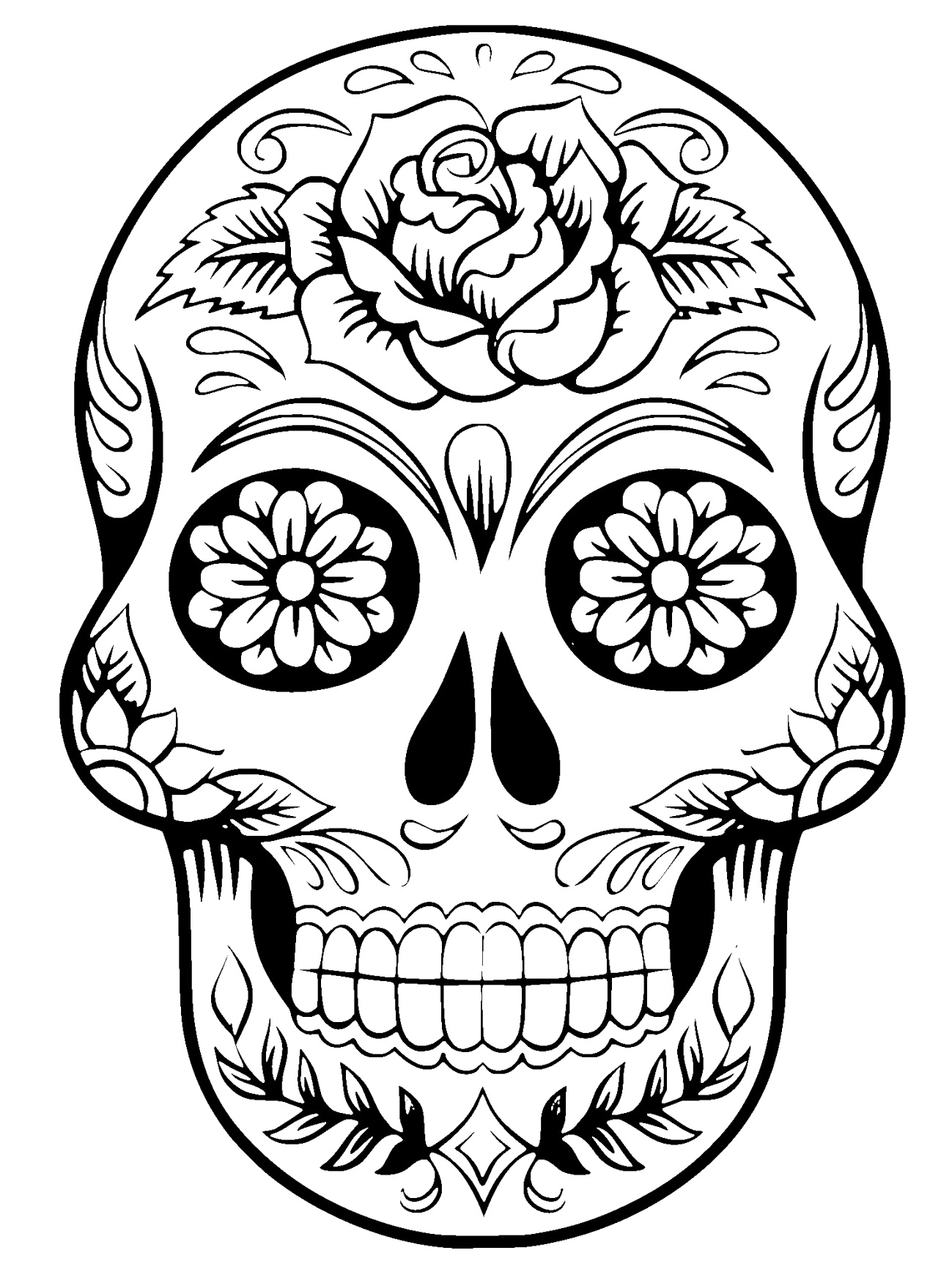Death is universal, as Europe found out during the Black Death and as represented in the evocative danse macabre imagery.  Hans Holbein (wikimedia commons)
Hans Holbein (wikimedia commons)
The “celebration of death”, so to speak, has been a topic of anthropological interest from the field’s early days for around the world funeral rituals are some of the most expressive cultural manifestations in a society.  Funeral of a chief in Tana Toraja, Sulawesi, Indonesia (photo: Helaine Silverman)
Funeral of a chief in Tana Toraja, Sulawesi, Indonesia (photo: Helaine Silverman)
We can look, for instance, at Day of the Dead or Día de los muertos on November 2nd, which is celebrated throughout Latin America, with the largest festival procession happening in Mexico City. In Mexico, Catholic and Aztec imageries come together in colorful celebrations that occur both publicly, such as the the famed parade in Mexico City, and privately in the homes and at the graves of families.

Families across Mexico commemorate their deceased loved ones at home with altars, decorated with photographs, the favorite foods of the ancestors, assorted memorabilia. Usually a trail of cempasuchil, or marigold flowers adorn the home. It is also common practice to visit the family graves to both clean them and spend time communing with the family members who have passed. Often, music can be heard in the cemeteries. There is a general air of both nostalgia and joyfulness, as the day is more thought of as an opportunity to reconvene with loved ones who have passed and celebrate their lives, instead of focusing on the fact that they are no longer living.

